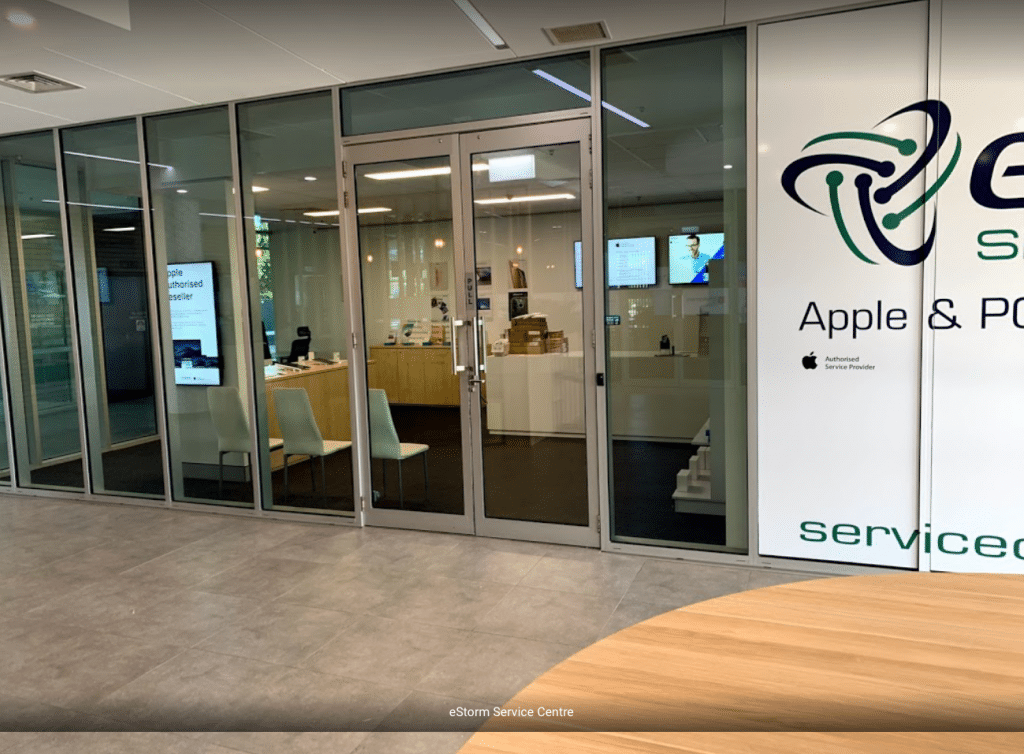As our world becomes increasingly dependent on technology, schools are desperately trying to keep pace within the classroom. Most students today don’t even remember a time before smart phones! As a result, schools are introducing more digital tools into their curriculums to strengthen the relationship between their students and the learning content. For many schools, a 1:1 technology program is a must to ensure that this content is being delivered in a way that is familiar, accessible and digestible to their students.
But outfitting every student with their own device can be an overwhelming endeavour, with schools often left asking…exactly how are we going to pay for this? Well eStorm has the answer. We’ve put together a rundown of the best financing options, to help your school find the right option.
1. Buying Outright
If you’re one of the lucky few educational institutions with the budget to be able to do so, then outright purchasing devices and accessories can be the most straightforward option to financing your 1:1 program. While an outright capital expenditure can be costly upfront, it often leads to long-term savings. From the outset you have full ownership of your assets and can decide their useful lifetime, enabling you to maximise the return on your investment. Buying outright also means an end to contract negotiations, interest fees and minimum terms. Without these constraints, your school has the freedom to develop and adapt your 1:1 strategy as you please.
2. Leasing
For many schools, an outright purchase is simply well outside the realm of possibility. In these circumstances, a finance lease can be an efficient use of funds, as it requires little to no upfront payment. Larger initial orders of equipment may be made, with repayments spread over an agreed upon span of time and the option to own at the end of the leasing period through compensation of any residuals owing. These fixed payments keep costs predictable and allow for more reliable forecasting of revenue spend. Financing through a leasing facility also relieves some of the hassle around a 1:1 program, as hardware, software, maintenance, installation, warranty, and other services may all be included in your contract. Leasing agreements can vary drastically between providers, so careful consideration is key to ensuring your school gets the right deal to suit your needs.
3. Renting
Renting is one of the simplest ways to finance your 1:1 program and can be beneficial to schools who approach technology as an ongoing expense. Much like leasing, renting grants schools access to equipment and IT services through ongoing payments. However, rental periods are often much shorter and more flexible than those of leases, relieving schools of long-term commitment. With rapid advancements in technology, many assets are quickly becoming obsolete and need to be upgraded more frequently. Through renting, schools are able to maintain a state-of-the-art classroom for a fraction of the cost, without the risks associated with ownership.
4. Parental Contributions
Parental contribution schemes can be a great way of supplementing a 1:1 technology program, without impacting school budgets. Schools may approach a co-contribution model in a variety of ways. Devices may be offered on loan from an equity pool, allowing students to take them home or restricting their access to within school premises. Through the Student Resource Scheme, schools may also purchase devices on behalf of students and then offset the cost to parents. The SRS is a great cost-effective option for parents who wish to purchase a device for their child, as the school’s bulk buying processes heavily discounts the price of hardware. Furthermore, schools can also partially cover the cost of a 1:1 program by asking parents for a Voluntary Financial Contribution (VFC), as outlined in section 56 of Queensland’s Education (General Provisions) Act 2006. Both VFCs and participation in the SRS are voluntary. However, once enrolled in the SRS, a parent is invoiced and liable for any outstanding debts, whereas VFCs are not fees and cannot be enforced.
5. Buyback Schemes
To kickstart your schools 1:1 technology program, consider trading in your classroom’s old laptops, desktops and tablets. Older assets may be worth more than you expect, and their value can be used towards purchasing a whole new fleet of devices. Schools should be wary however, that the buyback industry can be complex to navigate, and not every company will have their best interests at heart. Device trade-in schemes are also a green initiative, helping schools to recycle out-dated technology responsibly and sustainably.
6. Apple Finance
Apple’s education finance program is both flexible and designed to create more engaging learning by offering access to a variety of fringe benefits. Apple Finance is tailored to your school’s specific needs, offering flexible term schedules and no down payments. Apple Finance also includes a variety of optional extras. For instance, by setting up an Apple School Manager account with Apple Finance, your school can save up to 50% off on bulk app purchases. In addition, AppleCare provides expert technical advice, as well as a range of programs to streamline your day-to-day operations. Older generational Apple devices can also be recycled through Apple Trade In and in some cases may even be used as credit towards upgraded devices.



